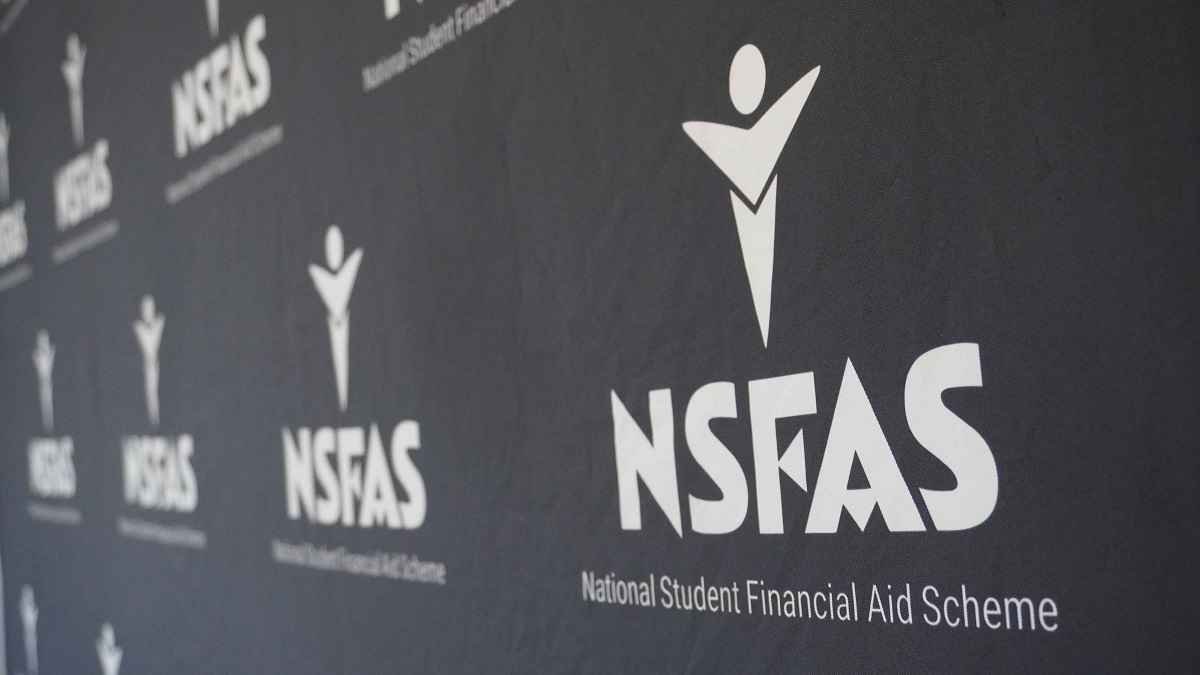Instructional Guide for Students: Understanding “Registration Received” Status on NSFAS
Navigating the landscape of student financial aid in South Africa can often be filled with confusing terms and statuses. One such status you might come across when dealing with the National Student Financial Aid Scheme (NSFAS) is “Registration Received.” This article aims to demystify what this status means and provide guidance on what steps, if any, you need to take next.
What Does Registration Received Mean for NSFAS Application?
When you see the “Registration Received” status on your NSFAS account, it generally means that NSFAS has received your registration details from the educational institution where you have enrolled. This is an interim stage between your application being approved and the disbursement of funds. Essentially, it is an acknowledgment from NSFAS that you have successfully registered for your course, and they are in the process of aligning their records with those of your educational institution. This status is a good sign, as it usually precedes the allocation and disbursement of funds, provided all other conditions are met.
what happens after registration received by NSFAS
Typically, no immediate action is required from your side once you see the “Registration Received” status. However, it’s good practice to keep an eye on your account and remain updated with any communication from NSFAS. Check your account regularly to confirm when the status changes to indicate that the funds have been disbursed. If there is an unusual delay in the status changing, it may be prudent to contact NSFAS or the financial aid office at your educational institution to inquire about the delay. Make sure all your submitted documents are up-to-date and properly uploaded to avoid any hold-ups.
When to Contact NSFAS
If the “Registration Received” status persists for an extended period and you have not received any communication from NSFAS or your institution regarding the next steps, it would be wise to get in touch with NSFAS directly. This is particularly crucial if your educational institution has already started its academic calendar and you need the financial aid for tuition, accommodation, or other expenses. Timely communication can prevent complications and ensure that you receive your financial aid when you need it most.
Understanding the “Registration Received” status and its implications can remove some of the stress associated with navigating the NSFAS system. While most of the time, the status change is automatic and requires no action from your side, staying proactive and informed ensures you’re not caught off guard by any unforeseen complications. It is always better to confirm with NSFAS or your institution’s financial aid office if you are uncertain about any aspect of your financial aid status.
Reasons Why NSFAS Does Not Fund Advanced Diploma Courses





